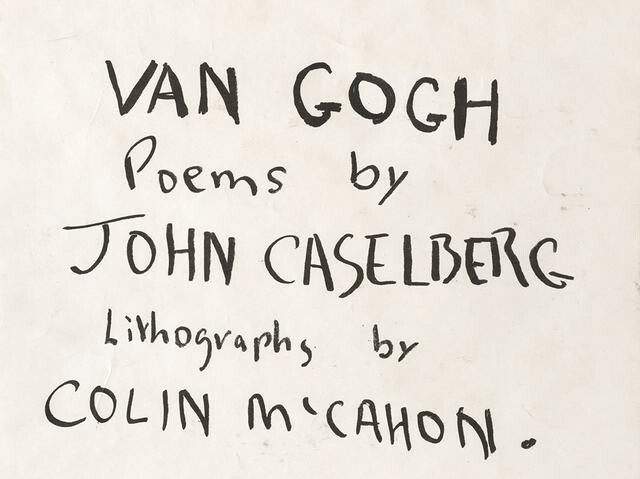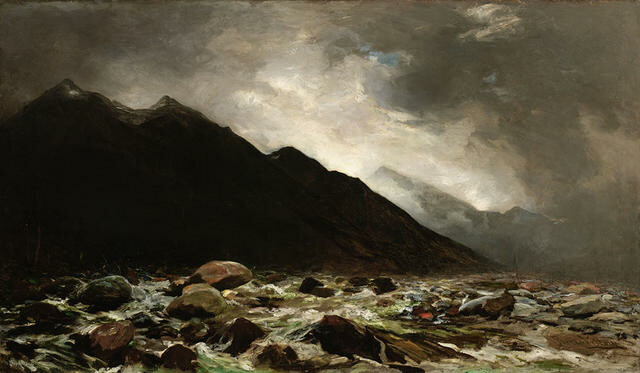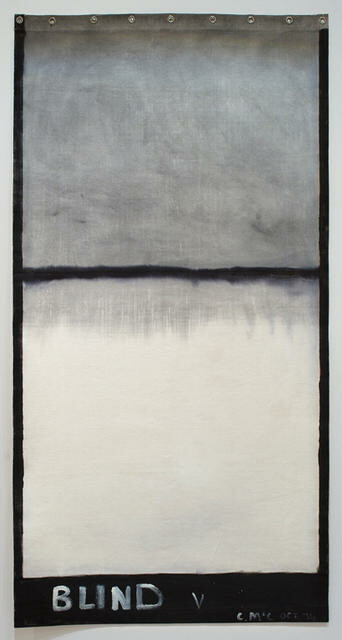Petrus van der Velden
Netherlands / Aotearoa New Zealand / Australia, b.1837, d.1913
Nor’western Sky
- 1890
- Oil on canvas
- Gifted by Miss Emmeline van Asch, 1938
- 920 x 590mm
- 69/126
Tags: clouds, people (agents), rivers, shadows, sunlight, trees, women (female humans)
The hot, dry nor'west winds of Canterbury produce dramatic cloud formations and an atmospheric light. Petrus van der Velden has captured these effects with what is probably Christchurch's River Avon in the foreground. He lived near the river between 1890 and 1893. The colonial woman bent over, occupied with her task of work, has echoes of his earlier Dutch paintings, which focused on Dutch peasants at work. Van der Velden painted in a realist manner, which was influenced by his association with the Dutch Hague School of painters who favoured dark sombre tones and a loose style of brushwork. The nor'west scene is created by using strong contrasts of light and shade (chiaroscuro). Born in Rotterdam, Van der Velden established himself as a painter, particularly of marine subjects, in Holland, from where he emigrated in 1890. However, he struggled to make a living in Christchurch and in 1898 went to Sydney. He returned to settle in Wellington in 1904 but died in Auckland.
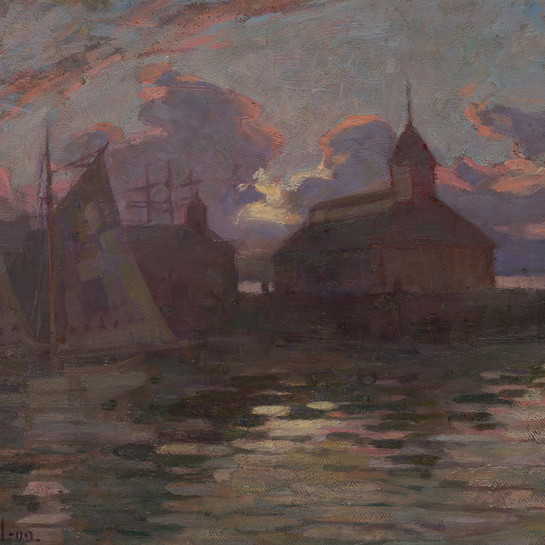
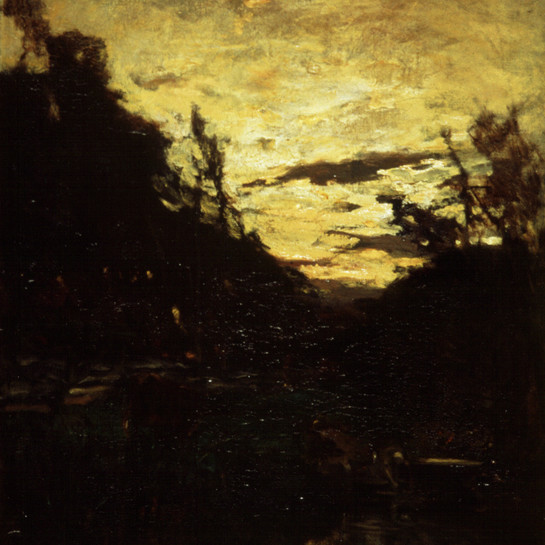
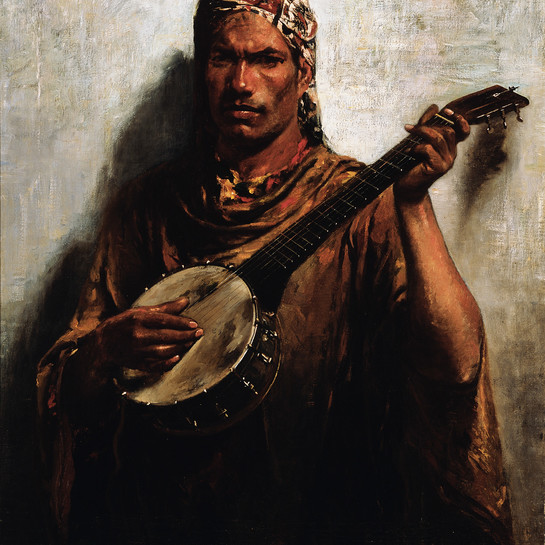
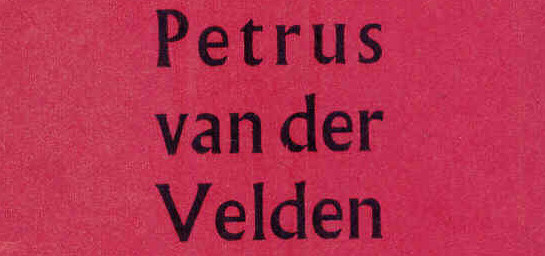
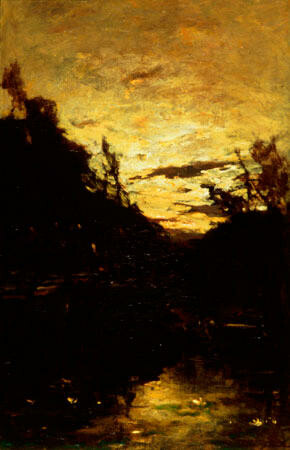
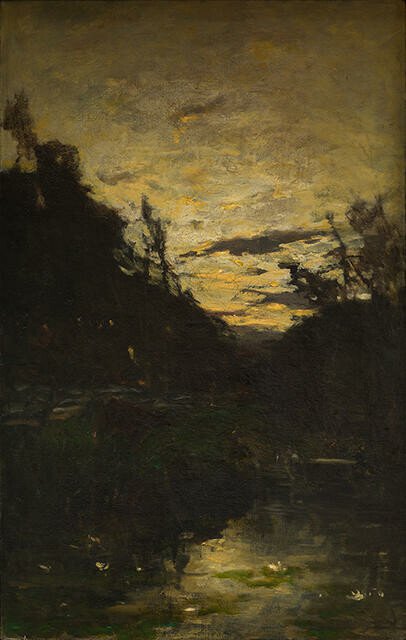
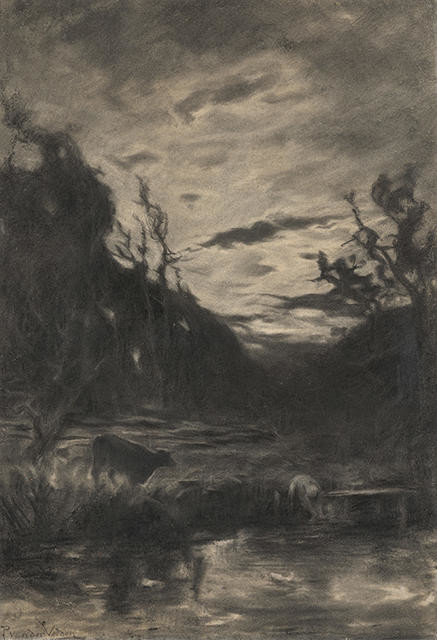
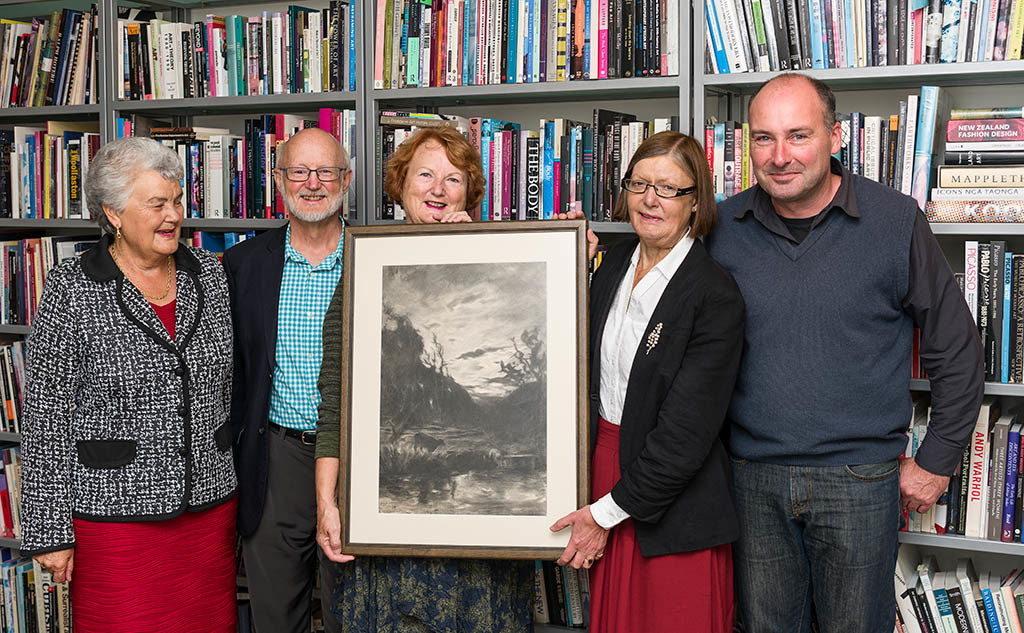

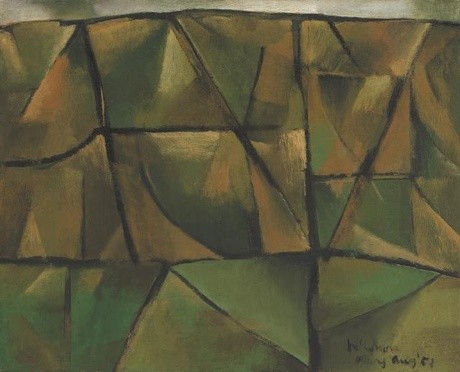
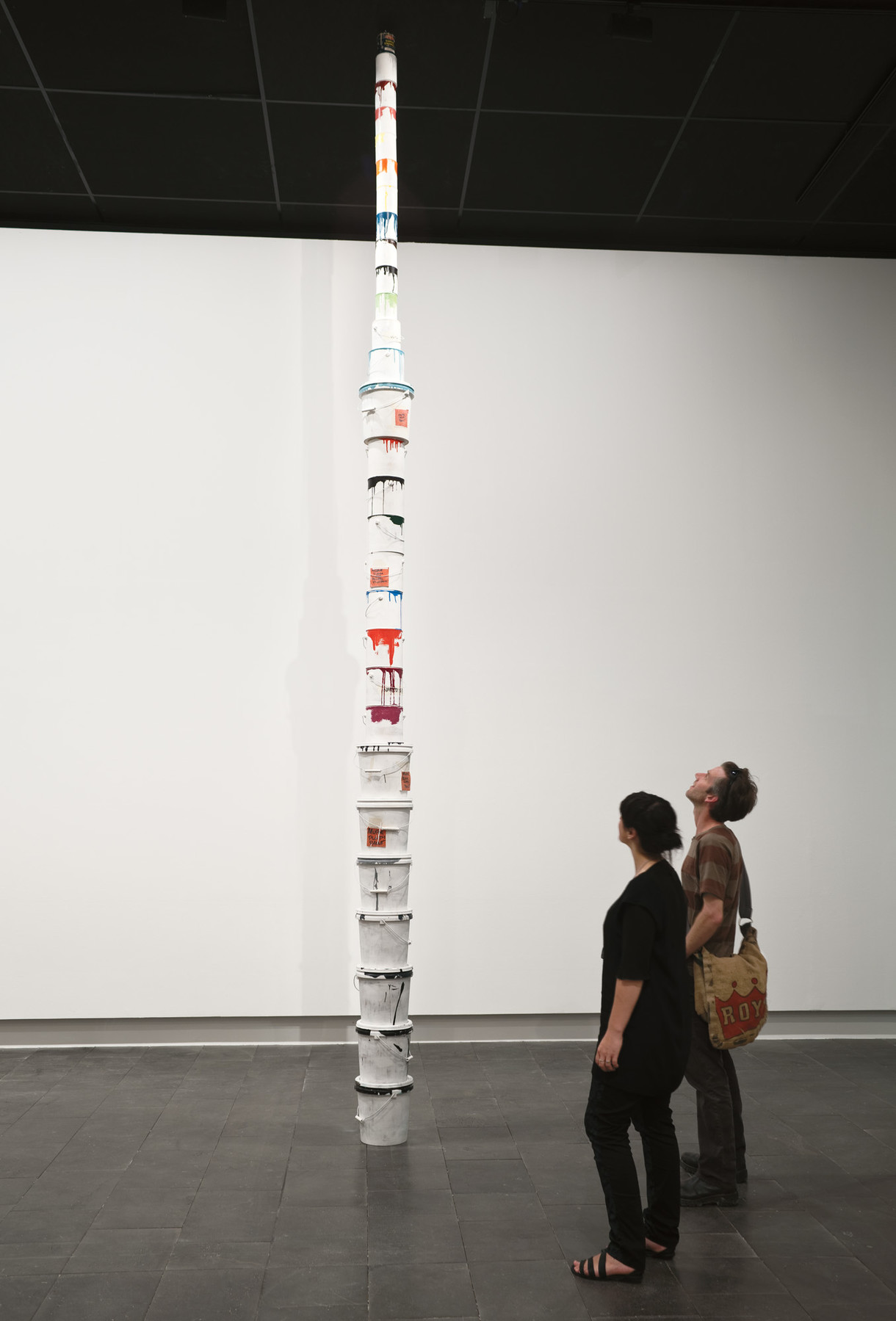
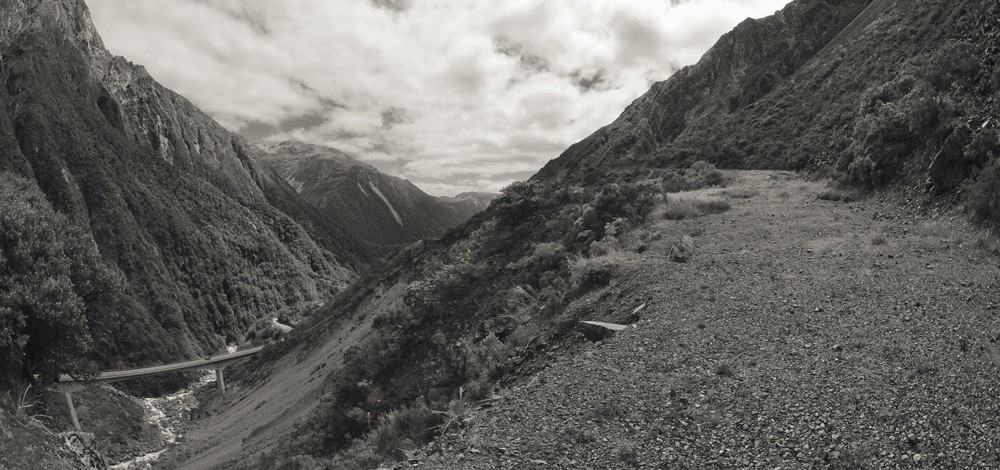
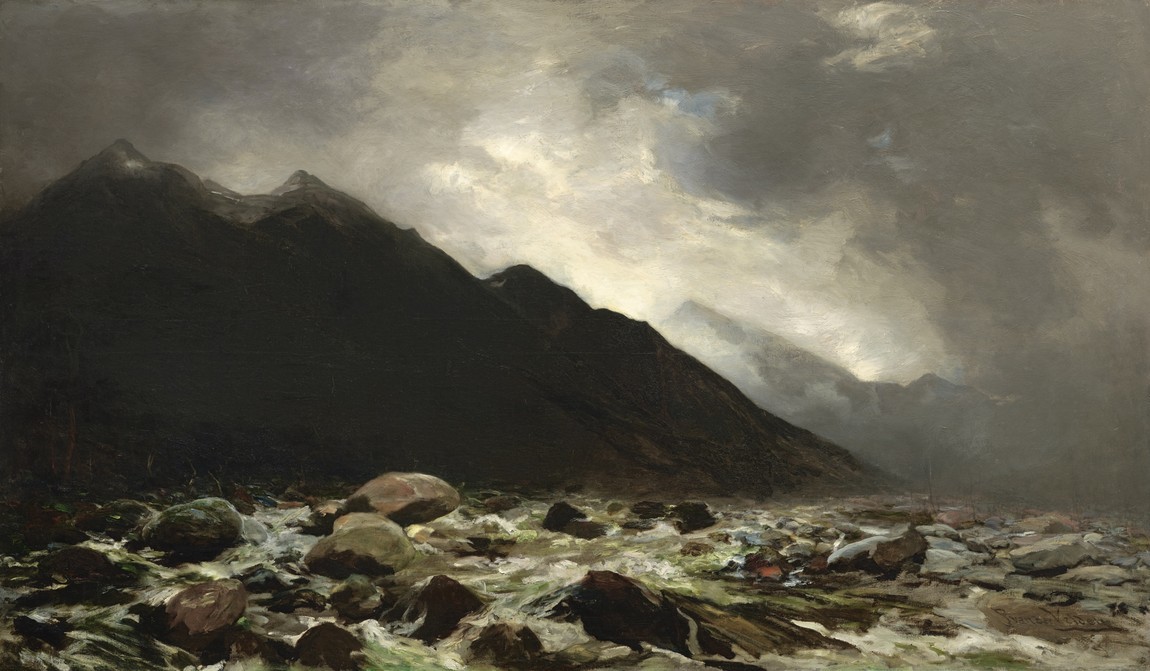
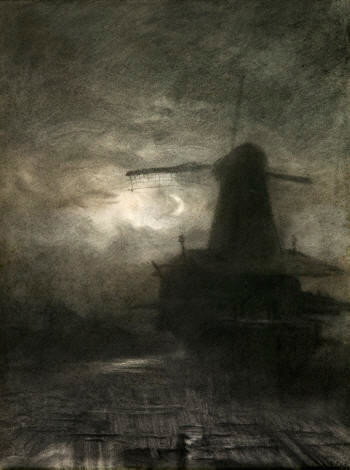
![Burial in the Winter on the Island of Marken [The Dutch Funeral]](/media/cache/58/29/58295f2c69a43061863860a247424aba.jpg)
